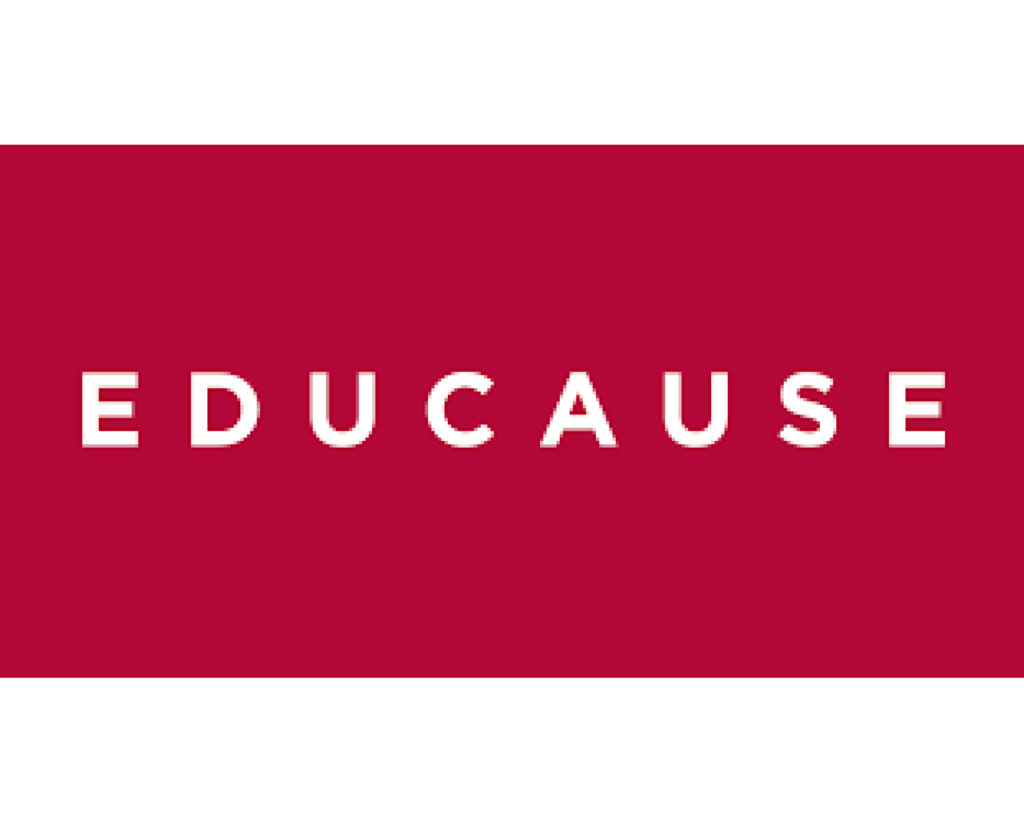EDUCAUSE is a nonprofit association whose mission is to advance higher education through the use of information technology. We equip our community with the knowledge, resources, and community-building opportunities needed to help shape strategic IT decisions at every level in higher education. A major initiative of EDUCAUSE is the Learning Space Rating System (LSRS).
The Learning Space Rating System (LSRS) provides institutions with a way of measuring how the planning, design, and support of their learning spaces encourages multiple modes of learning, especially active learning. The LSRS Team intends that the system be used to assess the potential of physical environments to enable a spectrum of teaching and learning engagements. The rating system enables institutions not only to anticipate the effectiveness of their own facilities but also to benchmark their environments against best practices within the higher education community. The LSRS also provides institutions a way to measure their progress toward meeting strategic goals for their campus classrooms. Finally the LSRS, by providing a common point of reference, enables all community members to advocate for more effective learning spaces.
Toward Inclusive Learning Spaces: Physiological, Cognitive, and Cultural Inclusion and the Learning Space Rating System (LSRS V3)– Richard Holeton, Assistant Vice Provost for Learning Environments, Emeritus – Stanford University
Inclusive learning space design should be based on a tripartite framework addressing the diverse physiological, cognitive, and cultural needs of learners. Clearly, learning environments should aim to engage learners, make participants feel welcome, and give everyone an equal opportunity to participate—that is, they should be inclusive. The pedagogical design is paramount in this effort, and well-articulated sets of principles such as the Universal Design for Learning (UDL) Guidelines have been developed to inform inclusive teaching practices in the classroom. Likewise, instructional designers have made good progress in understanding how to promote diversity, equity, and inclusion (DEI) in online learning environments. But how can we apply such insights to designing physical learning spaces? Can we complement inclusive teaching practices, and even facilitate inclusion directly, by how we design and provision classrooms and other learning spaces?
“Complexity: A Leader’s Framework for Understanding and Managing Change in Higher Education” by George Siemens, Shane Dawson, and Kristen Eshleman.
Learning Space Taxonomy
The Learning Space Toolkit project developed a taxonomy to aid in the description and organization of learning space and neighborhood profiles. While this is not a totally comprehensive descriptive framework for learning spaces, we have found it to be a useful tool for analyzing existing learning spaces. This taxonomy can be utilized to describe existing and future learning spaces in a more systematic way in order to ensure that the various facets of learning spaces are explicitly considered.

